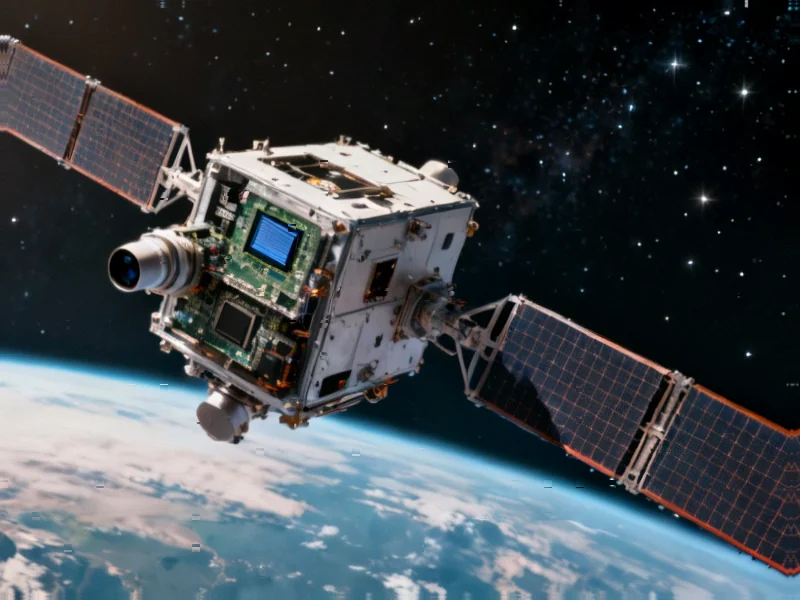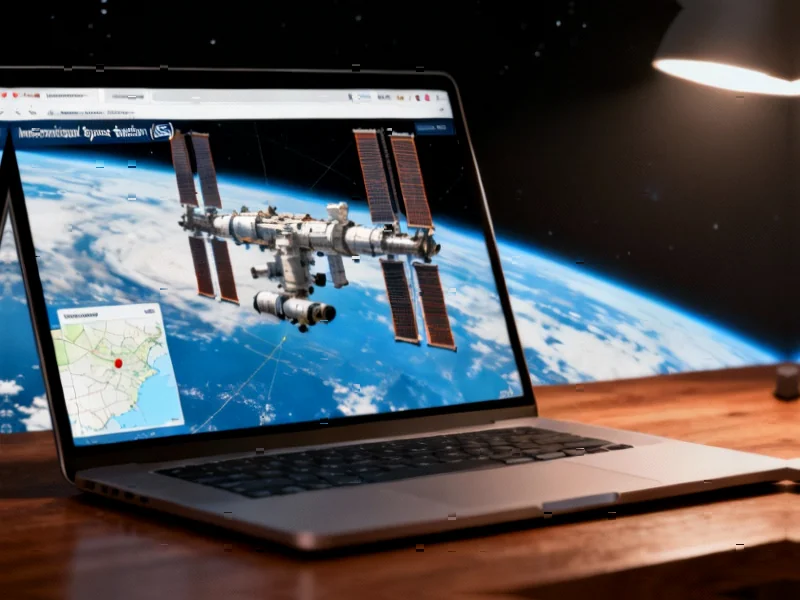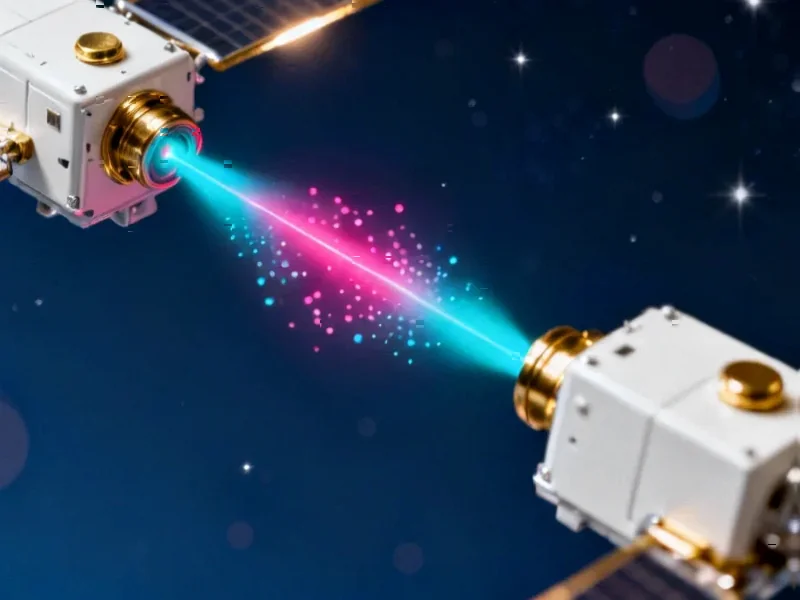According to SpaceNews, Chinese commercial space firm StarDetect has raised over 100 million yuan ($13.8 million) in Series A1 and A2 funding rounds in late September. The investment was led by Wuxi Innovation Investment Group, Yicun Capital, and several government-backed funds including Jiangyin Talent Science and Innovation Angel Fund. Founded in 2020 by Tsinghua University graduates, the company currently has over 20 payloads operating in orbit and specializes in embedding edge computing, AI, and real-time processing capabilities directly onto satellites. The funding will support expansion in the Yangtze River Delta region, product R&D, and verification of new space-based applications including satellite communication optimization and space domain awareness services. This development comes as China accelerates its commercial space capabilities amid growing orbital congestion.
Table of Contents
The On-Orbit Computing Revolution
What StarDetect represents is a fundamental shift in how we approach satellite operations. Traditional satellites function as data collectors, capturing information and transmitting it to Earth for processing. This creates massive bottlenecks in data transmission and introduces significant latency. By embedding computing capabilities directly onto the satellite payloads, StarDetect is enabling real-time decision making in space. This approach could revolutionize everything from disaster response to military applications where seconds matter. The ability to process data on-orbit means satellites can identify important events immediately rather than waiting for ground station availability and processing cycles.
The Event Camera Breakthrough
The company’s focus on event cameras represents a particularly clever technological approach to space domain awareness. Unlike traditional cameras that capture full frames at fixed intervals, event cameras only record changes in pixel brightness. This creates several critical advantages for space applications: dramatically reduced data volume, microsecond-level temporal resolution, and exceptional performance in high-contrast environments. For tracking small debris or monitoring satellite movements against the blackness of space, this technology could be game-changing. It allows satellites to detect faint objects and rapid movements that conventional optical sensors might miss while consuming significantly less power and bandwidth.
Strategic Implications for China’s Space Program
This funding reveals China’s strategic prioritization of autonomous space capabilities. With limited global ground sensor networks due to political constraints, China appears to be building space-based alternatives. The government-backed nature of much of this investment—through local government investment vehicles—signals this isn’t purely commercial but has national security dimensions. As China develops its own megaconstellations and faces increasing congestion in low Earth orbit, the ability to independently monitor and manage space traffic becomes crucial. StarDetect’s technology could provide China with sovereign AI-powered space awareness without relying on international cooperation or ground stations in foreign territories.
The Emerging Competitive Landscape
StarDetect occupies an interesting niche in China’s rapidly diversifying commercial space sector. Unlike competitors like Geovis Insighter Technology, which plans full constellations of 144 dedicated SDA satellites, StarDetect focuses on intelligent payloads that can be integrated across various satellite platforms. This “payload-first” approach could be more scalable and cost-effective, allowing multiple satellite operators to add space awareness capabilities without building dedicated constellations. However, it also creates dependency on host satellites and their operators. The company’s claim of 20+ payloads already in orbit suggests they’ve moved beyond theoretical development into practical deployment, giving them valuable real-world operational experience.
Technical and Operational Challenges
While promising, StarDetect faces significant hurdles. On-orbit computing requires radiation-hardened components that can withstand the harsh space environment, which increases costs and complexity. The company’s technology also depends on sophisticated AI algorithms that must operate reliably with limited human intervention. There are questions about how these systems will be updated and maintained over their operational lifetime. Additionally, as more players deploy similar capabilities, we may see emerging challenges around data standardization, interoperability, and potential conflicts between different space awareness systems operated by various nations and commercial entities.
Market Outlook and Global Implications
The global space domain awareness market is poised for significant growth as orbital congestion increases. With thousands of new satellites planned for launch in coming years, the ability to track objects and avoid collisions becomes commercially essential. StarDetect’s approach of embedding these capabilities directly onto satellites could create a new category of “smart” satellites that are aware of their environment. This development also highlights the broader trend of space capabilities becoming more distributed and accessible to commercial players rather than remaining exclusively with government agencies. As these technologies mature, we’re likely to see increased international competition in space intelligence capabilities, with significant implications for both commercial space operations and national security.



